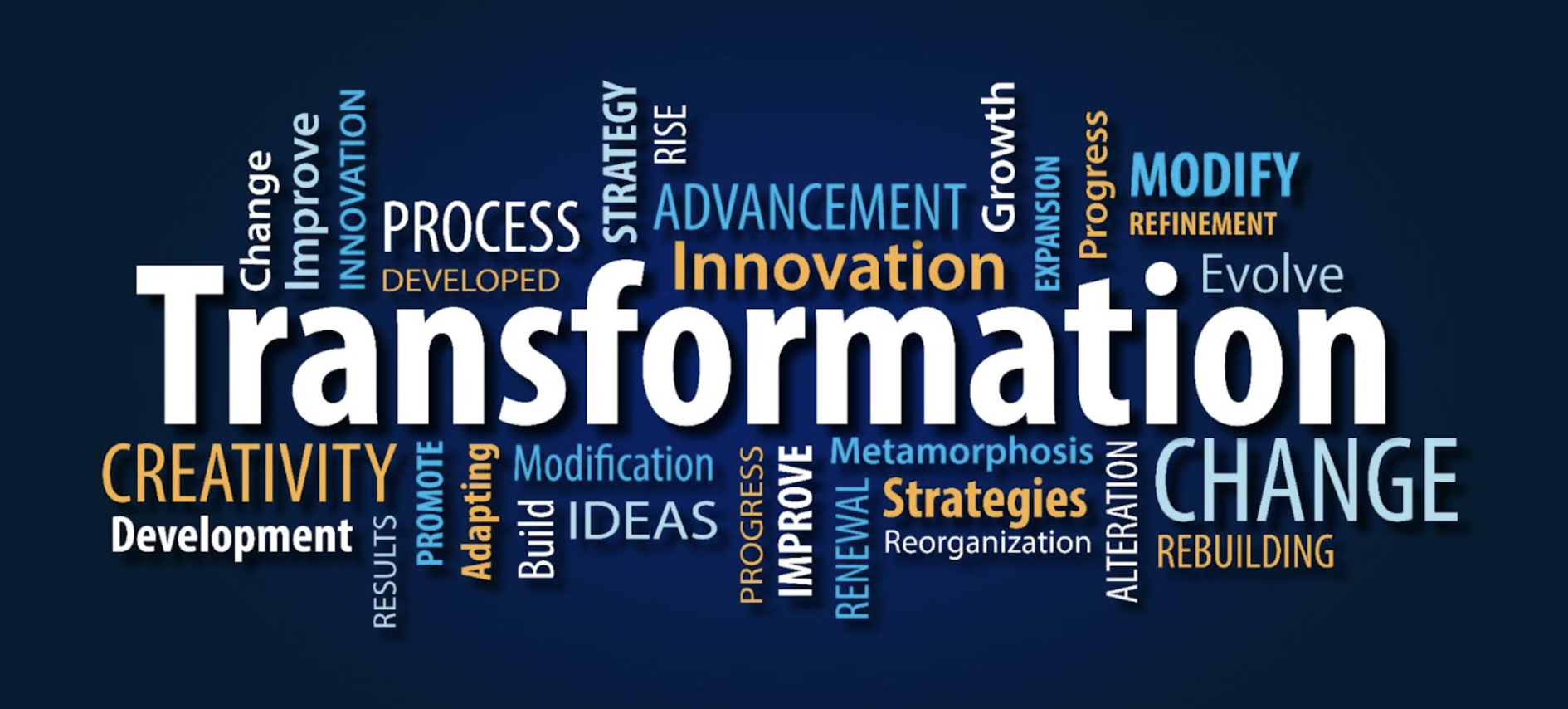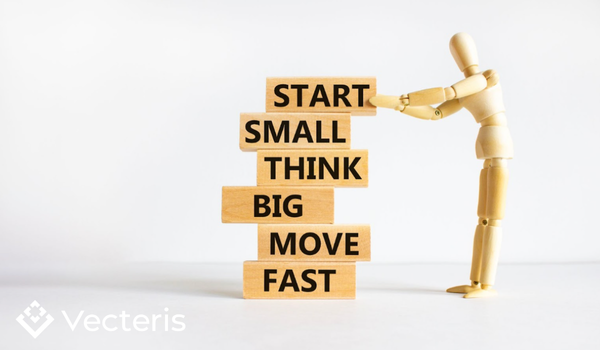8 Common AI Mistakes in B2B Professional Services
Series: Part 2 of “From AI to ROI in B2B Professional Services.”

Insights on How to Productize Services and Solution Offerings
A collection of news, insights, and best practices for productizing services, conducting market research, developing new products, and commercializing offerings.
Series: Part 2 of “From AI to ROI in B2B Professional Services.”

The prize is huge. Why most firms are missing out, and why we’re not surprised.

The biggest obstacle to AI adoption in B2B professional services isn’t the technology. It’s the culture. While most firms are busy evaluating tools, the real question is: how are you preparing your people? Because the firms gaining traction with AI aren’t just handing out logins—they’re training their teams to become what we call "agent bosses."

It can be tempting to frame the adoption of generative AI as a tech initiative. Something for innovation labs, IT, or the analytics team to pilot while the rest of the business watches from the sidelines. But the professional services firms leading the charge right now know better.

AI isn’t just changing how work gets done. It’s changing how clients expect to pay for it. The traditional time-and-materials (T&M) pricing model, long the default in professional services, is increasingly misaligned with the efficiency and flexibility AI enables.
.png)
Most B2B services firms don’t fail to productize because of lack of vision. They struggle because they don’t know where or how to start.
You might recognize the symptoms: a sense that your services could be delivered more efficiently, recurring client needs that hint at a solution, even a slide deck called “Our Product Strategy” collecting dust. But no movement.
If that sounds familiar, you’re not alone. And you’re not stuck.

Productization isn't a silver bullet. But for professional services firms looking to scale impact and revenue, it can be transformative—if you're truly ready for it.
Most companies fail at productization not because of market conditions, but because they never truly committed to the journey. The good news? You don’t need to overhaul everything to get started. But you do need to start with two essential truths.
.png)
Too many organizations treat customer feedback as a one-time checkpoint—something you do before launching a product, or when something goes wrong.
But Voice of the Customer (VoC) isn’t just a nice-to-have. When embedded systemically and supercharged with new AI capabilities, it becomes a strategic engine for innovation, retention, and scalable growth.
.png)
If I had a dollar for every time a leadership team asked, “How much should we budget for innovation?” I’d be able to self-fund most clients’ pilot products.
But here’s the thing: how much you budget is far less important than how you decide what gets budgeted and where the dollars go.
.png)
"We spent 18 months perfecting the offer. By the time we launched, a competitor had beat us to market—with a worse product—but they now own the space."
— CEO, Training & Development Company
%20(6).png)